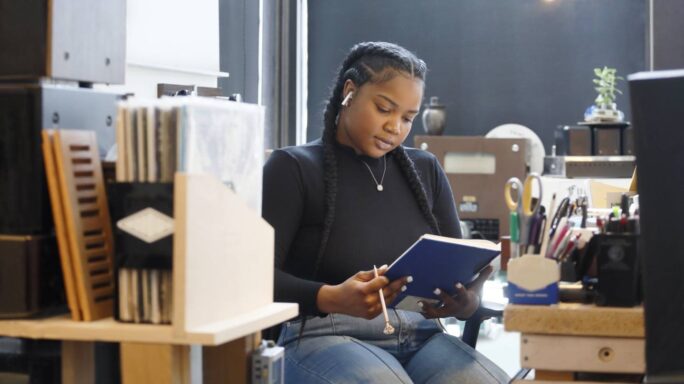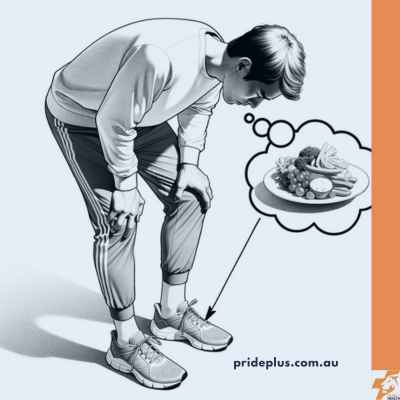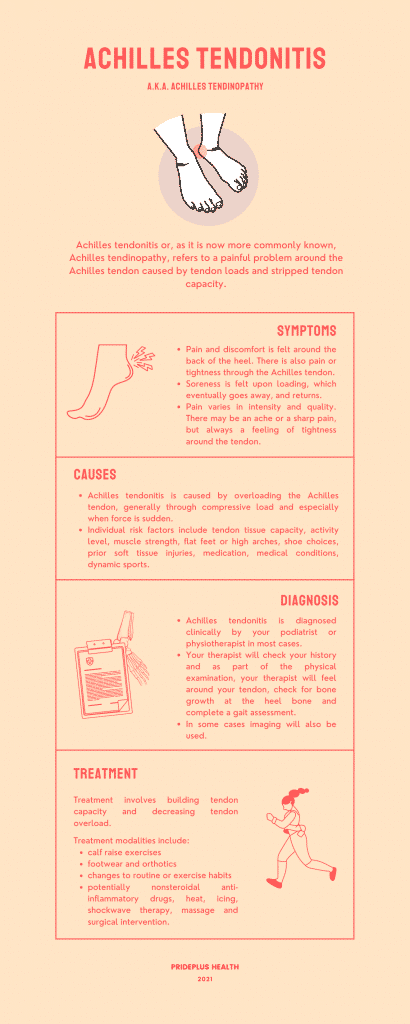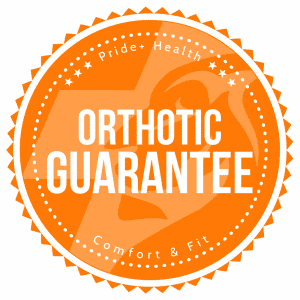The 6 Best Running Shoes for Arch Pain | A Podiatristís Perspective As runners, nothing halts our pace quite like arch pain.† For some Itís a sting that reminds us with every stride Ė and for others Ė itís...
The 6 Best Running Shoes for Arch Pain | A Podiatristís Perspective
As runners, nothing halts our pace quite like arch pain.†
For some Itís a sting that reminds us with every stride Ė and for others Ė itís post run arch stiffness that spoils our runners high. No matter which, getting the right pair of running shoes for arch pain is paramount.
And deep down, you know that thereís no magical pair of shoes that eradicates all arch pain. That kind of wishful thinking belies the multifactorial nature of arch pain. But, getting the right pair of runners for arch pain might be the difference between success and failure when combined with your over arching arch pain treatment plan.
In this post, youíll find 6 pairs of running shoes that our Pride Podiatrists have tried and tested on running tracks around Melbourne, treadmills in the clinic, and prescribed to hundreds of our patients.
We chose these shoes as you get plenty of support under foot where you need it. Which, for arch pain is not just directly under the arch.
Intrigued?†
Weíll start off with the shoes, and then finish with the two areas of support your feet need when youíre struggling with arch pain.
Stats & Info About Running Shoes
If youíre new to running shoe stats this might be a bit confusing at first.
But the way your food has Nutritional Information thatís there for you to make good decisions about your diet. Think calories, protein content, salt content etc. The stack, drop and weight are the 3 most important bits of information.
So what are they?
Stack // Drop // Weight
The stack, or stack height of a shoe is how much material is under your foot at the ball and the heel. Itís reported in two numbers, usually the heel thickness and then the forefoot thickness. The bigger the numbers, the more ďcushioningĒ you can expect.†
This doesnít mean that everyone needs more cushioning. Different foam materials provide different amounts of cushioning. You can have a low stack shoe which still provides plenty of cushioning but youíll likely find it does not last as many kilometres before compressing and failing you.
The other trade off is more stack usually equals more weight.
The weight of the shoe is pretty self explanatory. How heavy the shoe is. Most brands report their weight in a Mens size 9 (US) for consistency.†
The heavier the shoe, the more youíll have to work to pick it up and run. But that weight usually comes from important features that can help your arch pain.†
Lastly, the drop. This is the difference between the sole thickness under the heel compared to the toes. If you have a stack of 38mm/30mm, your shoe has 30mm of foam under the toes, 38mm of foam under the heel, and a drop or offset of 8mm.
Larger drops are thought to reduce the load around the heel and increase the load around the forefoot. Lower drops are thought to do the opposite. While this is often the case, itís not always, particularly when you come to individual running mechanics.†
The 6 Best Running Shoes For Arch Pain
Brooks Adrenaline 23 Asics Kayano 30 Mizuno Wave Rider 27 New Balance 1080 v13 On Running Cloudrunner Hoka Clifton 9Brooks Adrenaline 23
Weight: 286g, Drop: 12mm, Stack Height: 36mm/24mm
As a runner Iíve a soft spot for the Adrenaline from Brooks.†
Way back when, I ran my first ever half marathon in an all black pair of Adrenaline 10ís. 13 models and as many years ago. Back then, the Adrenaline was the leader in dual density midsole technology for running shoes.†
These days, the Adrenaline 23 continues to be a leader although the heavy dual density midsole technology is out, and soft foams and supportive guide rails are in.
For runners with arch pain the Adrenaline is particular effective and reducing the rate at which the rearfoot everts, or rolls in during the early part of midstance. If your tibialis posterior muscle isnít quite as strong as it needs to be this can be helpful in reducing the peak loading on it and its tendon attachment.
The lateral forefoot remains stable as well which is a double tick in the column for the Adrenaline for those runners who struggle with arch pain.
The biggest drawback Ė the drop. 12mm. Thatís huge in todayís modern range of running shoes and for those who land with a softer stride or struggle with problems and pain in the ball of their foot Ė something to avoid.
Back in the plus column for the Adrenaline are the numerous widths (bother wide and narrow) available for Men and Women.
Asics Kayano 30
Weight: 303g, Drop: 10mm, Stack Height: 40mm/30mm
Every runner has had at least one pair of Kayanoís in the past.
The flagship arch supporting running shoe from Asics has a loyal fan base Ė and many critics as well. Throughout the 2000ís the Kayano grew and grew as the team from Asics Japan added more features to their popular shoe.†
With features came weight, and the Kayano blew out to well over 370 grams. No shame, by the time we all reach our 30th birthday like the Kayano has, weíve likely had a few blow outs.
So, now weíre up to the Kayano 30 and Asics has stripped back the weight to deliver a cracking midfoot supporting shoe.
Expect to feel plenty of plush foam under foot at heel contact with the highest stack height on this list. Whilst that will contribute to a greater rate of rearfoot eversion or pronation initially, Asics manages to offset that with a structured midfoot and stable forefoot.
This leaves your arch with less overall strain compared to many other options with comparably low and narrow heels/
Plenty of colours, a couple of widths and great support from local distributors means youíll always be able to find a pair of Kayano 30ís that fit your feet.
Mizuno Wave Rider 27
Weight: 281g, Drop: 12mm, Stack Height: 38.5mm/26.5mm
The Wave Rider from Japanís other running shoe brand Ė Mizuno Ė is an exceptional and consistent running shoe.
Sure, Mizuno played around with a Rider Neo variant for a while, but their stock standard Rider runs beautifully straight out of the box. Provided you like a firmer feel under your forefoot compared to some of the others here.
Things I like about the Rider, the first feel is firm which gives you that nice feedback under your toes at propulsion that you would usually get from a thinner, lighter shoe. Thatís not everyones cup of tea so if you like a plush soft pillow feel look elsewhere (the Kayano / Clifton and 1080 might be more your style).
Mizuno also makes their upper feel snug and comfortable around the heel. They donít strip out padding around the heel collar just to reduce weight which again, makes this one of the more comfortable shoes on your feet out of the box. This also allows you to very easily fit a custom foot orthotic onboard as well.
Critics would say that Mizuno hasnít changed the Wave Rider too much over the journey as they update the models. Thatís a fair call when you consider the waves of new foam materials coming out but when you get a Rider, you know what youíre gonna get.
A few colours and a wide variant makes the Wave Rider a great option for different feet, who are looking for a consistent medium to long distance running shoe for those with arch pain.
New Balance 1080 v13
Weight: 262g, Drop: 6mm, Stack Height: 38mm/32mm
Iíve been a big fan of the New Balance 1080 for many models now.
Ever since New Balance started to shed their heavy uppers and basic EVA foams and move towards a more responsive ride the 1080 v13 has been a great option for runners with arch pain.
Historically runners have thought of New Balance as being the brand that did wide fitting shoes. While thatís still the case with the 1080 coming in multiple width variations, the standard fitting 1080 hugs the forefoot nicely without feeling too deep or roomy for a ďregularĒ width and depth foot.
Having a bit of give in the upper of the 1080 is appreciated by plenty of clients who get dorsal foot pain due to nerve compression. It also allows for bulky orthotics to fit under foot if youíre running in a non Pride Podiatry orthotic device (which are typically lighter and thinner than other offerings).
On Running Cloudrunner
Weight: 298g, Drop: 9mm, Stack Height: 28.4mm/19.4mm
This shoe was a big surprise for me when I first ran in it earlier this year.
On Running, the new Swiss kids on the block do things a little differently. Their shoes have a certain Euro-chic appearance (for running shoes) with interesting colour tones and their patented tubular style midsoles.
But back to the Cloudrunner.†
All my prior On Running experience had been with their Cloudmonster and casual sneakers and I wasnít expecting much arch support from the Cloudrunner on first glance. But call me pleasantly surprised after just my first couple of laps of Princes Park.
The Cloudrunner doesnít have as big a stack of foam under the heel as others here so it doesnít need to be as laterally stable as say the Kayano to achieve the same results. The tubular foam also has a nice springy responsive feel that doesnít buckle like the higher stacked Cloudmonster can.
While itís often harder to find the Cloudrunner in store, itís well worth checking out if you have a ďnormalĒ width foot and struggle with arch pain.
Hoka Clifton 9
Weight: 247g, Drop: 5mm, Stack Height: 32mm/27mm
Hoka started out the maximalist shoe trend with the Bondi, but it was the Clifton that many runners with arch pain truly loved.
The Bondi was big, too big for many runners and with itís huge stack of foam under the heel increased the lever arm of the shoe to pronate the foot. This then increased the demands on tibialis posterior, that muscle whose primary role is arch support.
So with the Clifton, Hoka have reduced the stack under the heel whilst maintaining great lateral forefoot stability.†
This means that if youíre looking for the best running shoes for arch pain, the Clifton reduces the load on your arch at two distinct phases of the gait cycle. Sounds like you have a winner?
But, despite those positives, the Clifton 9 is not for everybody.
Soft as butter foams leave those runners including yours truly who like to feel a snappy response under foot disappointed. Sure, you can pick up the pace in the Clifton but I just feel like Iím having to push through, rather than spring forwards.
While this is subjective, if youíre a runner with arch pain who also likes a snappy feel under your forefoot check out the Wave Rider instead of the Clifton.
The Two Most Important Support Features In Running Shoes for Arch Pain
If youíve read through the list above I think youíll have a pretty good idea of where you need support for your arch.
When you started this article you might have thought it was part of the lining of the shoe, where the soft liner curves up and touches the arch of your foot. And, when it comes to running shoes for arch pain, you now know thatís not the case.
That doesnít mean that a custom made arch supporting orthotic is not needed for some feet to achieve their pain free and active dreams. It just means that running shoes work differently to orthotics. And the two areas you need support are closer to your heel and the ball of your foot than the arch itself.
And how does that work? Letís dive in.
First, letís look under the heel.†
Your tibialis posterior muscle and tendon is the primary arch supporting tissue in your body. Itís demands are closely linked to arch pain and all sorts of diagnosis that are common for runners and walkers alike.
This muscle and tendon unit contracts eccentrically to slowly lower your foot to the ground and hold your balance when youíre on just one foot when walking and running. Itís hard work, and if your tibialis posterior tendon doesnít have enough strength to do the job, it can make your secondary supportive structures (yes, itís time to talk about your plantar fascia) work harder.
When walking and running, if your shoe has a flared, wide and high lateral sole, your tibialis posterior muscle and tendon has more work to do.†
Itís forced to actively work against the bigger lever arm your shoe has given that pronatory force when you land and lower to the ground. Shoes often have big heel cushioned units because this can reduce the strain on the achilles tendon, which can be problematic for lots of runners (yep, thatís been me in the past).
So, to provide arch support your running shoes need to have just enough cushioning under the heel so your achilles tendon is not overloaded, but not too much that it leads to arch pain.
Secondly, the support under the lateral forefoot
Letís get back to your arch structures again.†
Tibialis posterior muscle and tendon unit has to work in tandem with peroneus longus (another muscle and tendon that attaches to your arch) to keep you stable and spring forwards off your big toe.
If your running shoe is too soft or more likely, worn out on the lateral side under the forefoot your arch is going to be put under more strain as your spring forwards.
So for arch support, youíre looking for enough soft foam that it feels comfortable under the ball of your foot, but not so much that is squishes and compresses down and twists your arch when you go to walk and run.
How are you supposed to do all that?
Scroll back up to the top of the list and choose the shoe that you like the look, feel, price point and fit of the best and youíre on your way.
Best Running Shoes for Arch Pain FAQ
They can help, and they are usually part of a comprehensive podiatry treatment plan for arch pain.
If youíre able to give your running shoes every second day off and only use them for running, you could get up to 800Km from a single pair. Then, there are the factors that reduce that number. If youíre on the heavy side, wear your runners for different activities (like gym or tennis) and wear them every day itís best to alternate between a 2nd or 3rd pair so that the last longer.
If youíre able to get into a running shoe store trying them on later in the day is the best option. That way your feet have had the chance to swell and expand as they naturally do, both during a normal day, and especially during a long run.
But if youíre not able to get instore, make sure you buy from an online retailer with a good returns policy so you can try them at home and send back if theyíre not a perfect fit.
If your Pride Podiatrist has prescribed you an orthotic for your feet, youíll have been helped to find the ideal running shoes as well.
Oh you betcha there is! The all time greatest exercise, the calf raise, when done correctly can increase the strength and length of the muscles that support the arch. Like anything, you can do too much or too little. So make sure you have your form assessed and dosage prescribed by your podiatrist or coach.
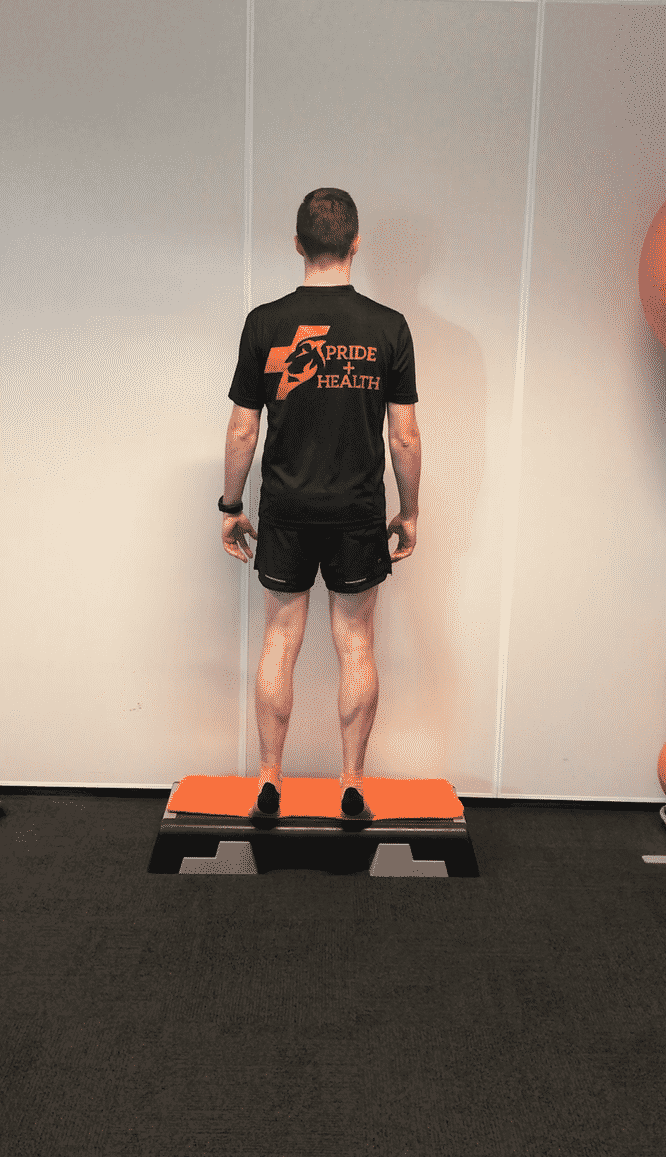
It depends. There is a serious condition known as adult acquired flat foot which is the complete collapse of your arch into a fixed position. This is more than just some arch pain though. For this to occur there needs to be a chronic overload and rupture of multiple ligaments and tendons.
Mild arch pain is a signal your body is telling you to change something. So listen, get the best pair of running shoes for your arch pain and see your podiatrist for specific help.
Before You Go
Now youíre all across the best running shoes for arch pain, you might need to do a little more to achieve your goals.
We can help you with our clinical podiatry services. Where youíll be able to sit down with your Pride Podiatrist and establish the root cause of your arch pain, and plot a path together back to where you want to be. Who knows, you might end up doing some calf raises like this.
About the Author

Melbourne podiatrist and runner Tim Mulholland spends almost as many hours in the podiatry clinic as he does hassling his local shoe store reps. And then he finds the time to get out and enjoy the running tracks of Melbourne ďexperimentingĒ and enjoying his love of running shoes.
The post The 6 Best Running Shoes for Arch Pain appeared first on PridePlus.




